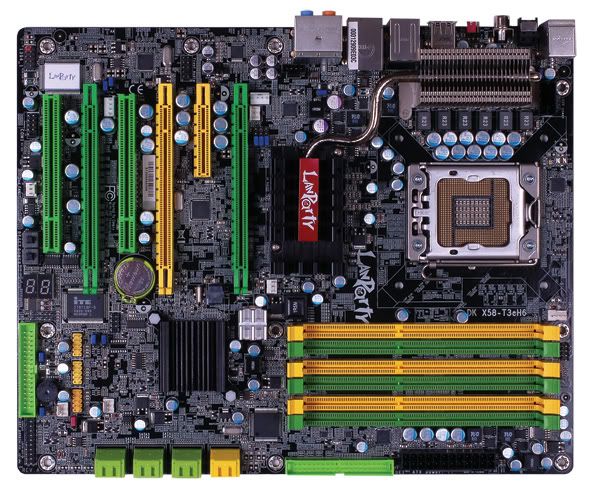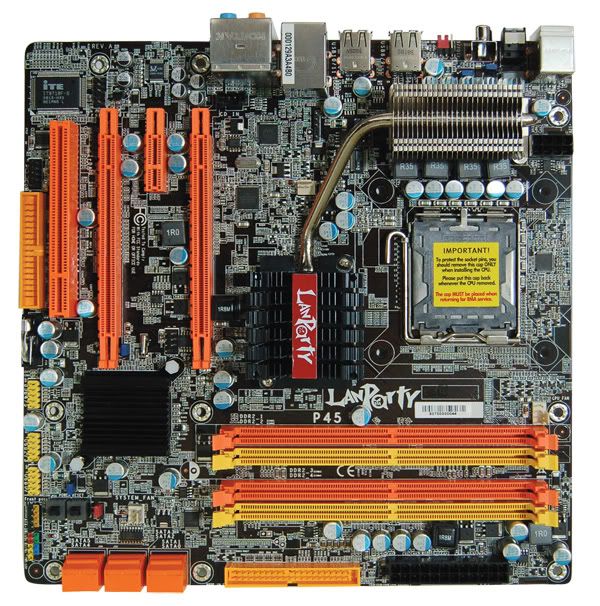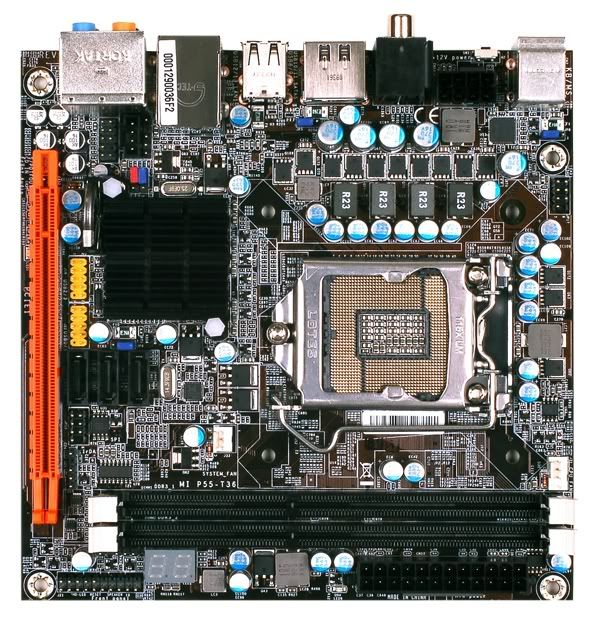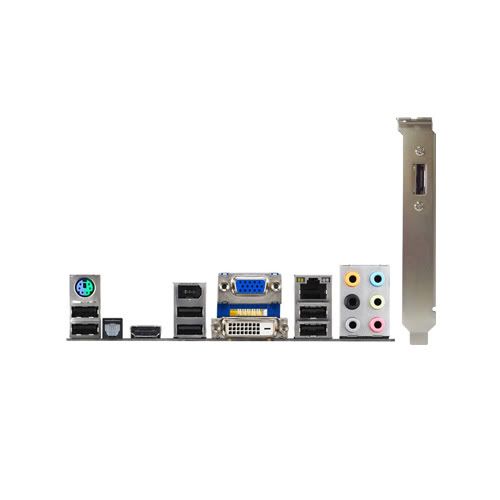So to give myself a break from essay writing tonight and tomorrow I shall write up a nice little guide for all those SSF lovers out there. 
Basically I'll look at MicroATX and Mini-ITX components and hopefully leave no question unanswered. Might take a couple of days though as I plan on writing a lot.
Small Form Factor - SFF
There is no specific definition for 'Small Form Factor' but it usually refers to a PC that uses a motherboard smaller than the standard ATX form factor size. Those that we all love and use are MicroATX & Mini-ITX.
Differences - ATX, MicroATX & Mini-ITX

DFI DK X58-T3eH6 (ATX) - 12 in × 9.6 in (305 mm × 244 mm)

DFI JR P45-T2RS (MicroATX) - 9.64 in x 9.64 in (244.85 mm x 244.85 mm)

DFI MI P55-T36 (Mini-ITX) - 6.7 in x 6.7 in (170.18mm x 170.18mm)

Apart from the sizes the other main difference between them are the number of expansion slots each motherboard has. ATX boards usually have 6 or 7, MicroATX can have a maximum of 4 while Mini-ITX is limited to only 1 expansion slot. This obviously limits the number of graphics cards (no Crossfire or SLI on Mini-ITX boards and some MicroATX boards) you can put into your system or if you can add additional cards for sound etc.
Obviously this is not the only limitation that the size has on the boards capabilities, the number of SATA ports, internal I/O connectors and memory slots are limited as well. These do vary from board to board. The rear I/O though is not affected so you can still find Mini-ITX boards like the DFI above that have 6 USB ports, PS/2 ports, eSATA, lan ports just like on a normal sized ATX. Overclocking capability is also limited, the above DFI MicroATX board is a very good overclocking board though, so there are exceptions and of course it depends on the board maker.

Basically I'll look at MicroATX and Mini-ITX components and hopefully leave no question unanswered. Might take a couple of days though as I plan on writing a lot.
Small Form Factor - SFF
There is no specific definition for 'Small Form Factor' but it usually refers to a PC that uses a motherboard smaller than the standard ATX form factor size. Those that we all love and use are MicroATX & Mini-ITX.
Differences - ATX, MicroATX & Mini-ITX

DFI DK X58-T3eH6 (ATX) - 12 in × 9.6 in (305 mm × 244 mm)

DFI JR P45-T2RS (MicroATX) - 9.64 in x 9.64 in (244.85 mm x 244.85 mm)

DFI MI P55-T36 (Mini-ITX) - 6.7 in x 6.7 in (170.18mm x 170.18mm)

Apart from the sizes the other main difference between them are the number of expansion slots each motherboard has. ATX boards usually have 6 or 7, MicroATX can have a maximum of 4 while Mini-ITX is limited to only 1 expansion slot. This obviously limits the number of graphics cards (no Crossfire or SLI on Mini-ITX boards and some MicroATX boards) you can put into your system or if you can add additional cards for sound etc.
Obviously this is not the only limitation that the size has on the boards capabilities, the number of SATA ports, internal I/O connectors and memory slots are limited as well. These do vary from board to board. The rear I/O though is not affected so you can still find Mini-ITX boards like the DFI above that have 6 USB ports, PS/2 ports, eSATA, lan ports just like on a normal sized ATX. Overclocking capability is also limited, the above DFI MicroATX board is a very good overclocking board though, so there are exceptions and of course it depends on the board maker.
Last edited:



